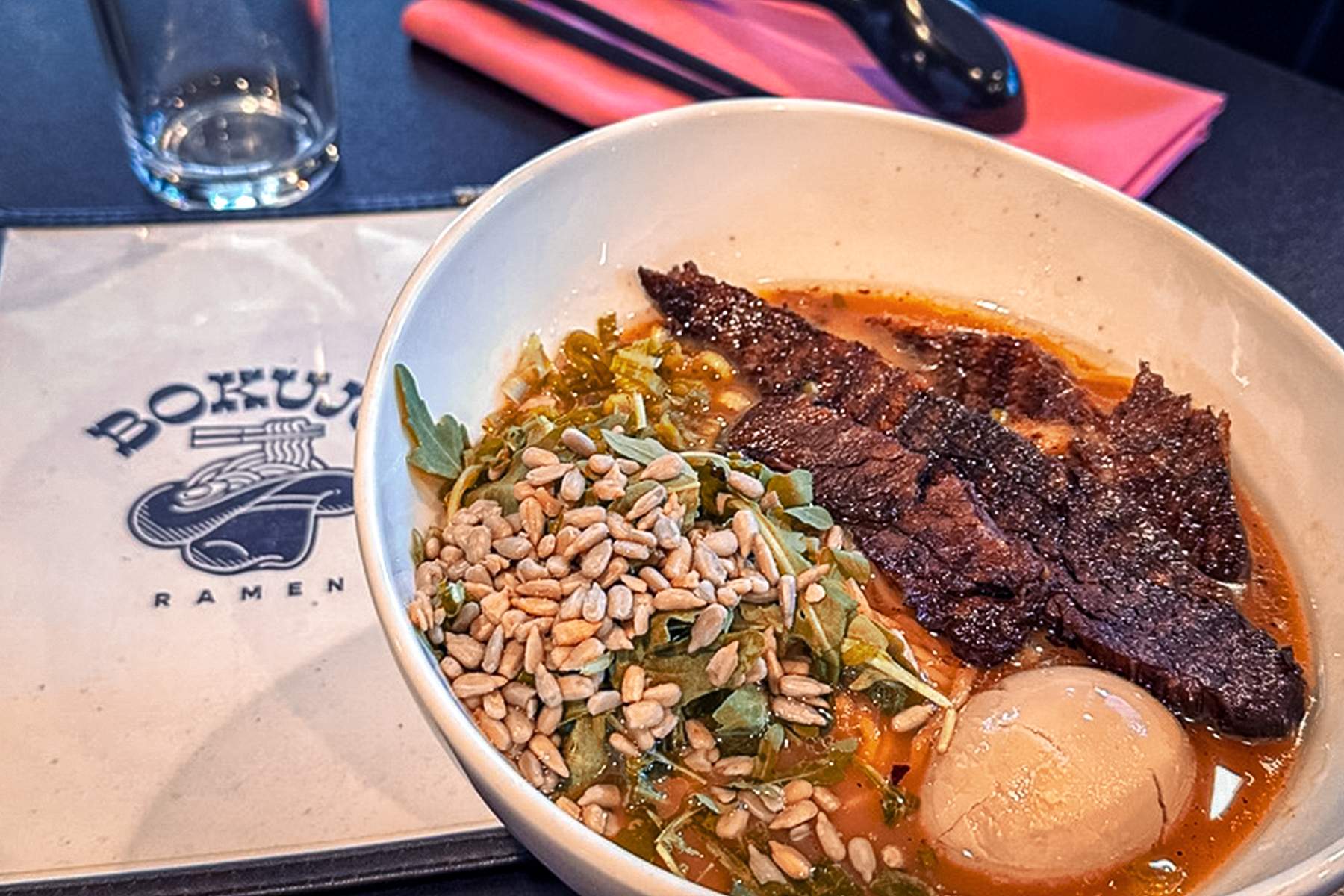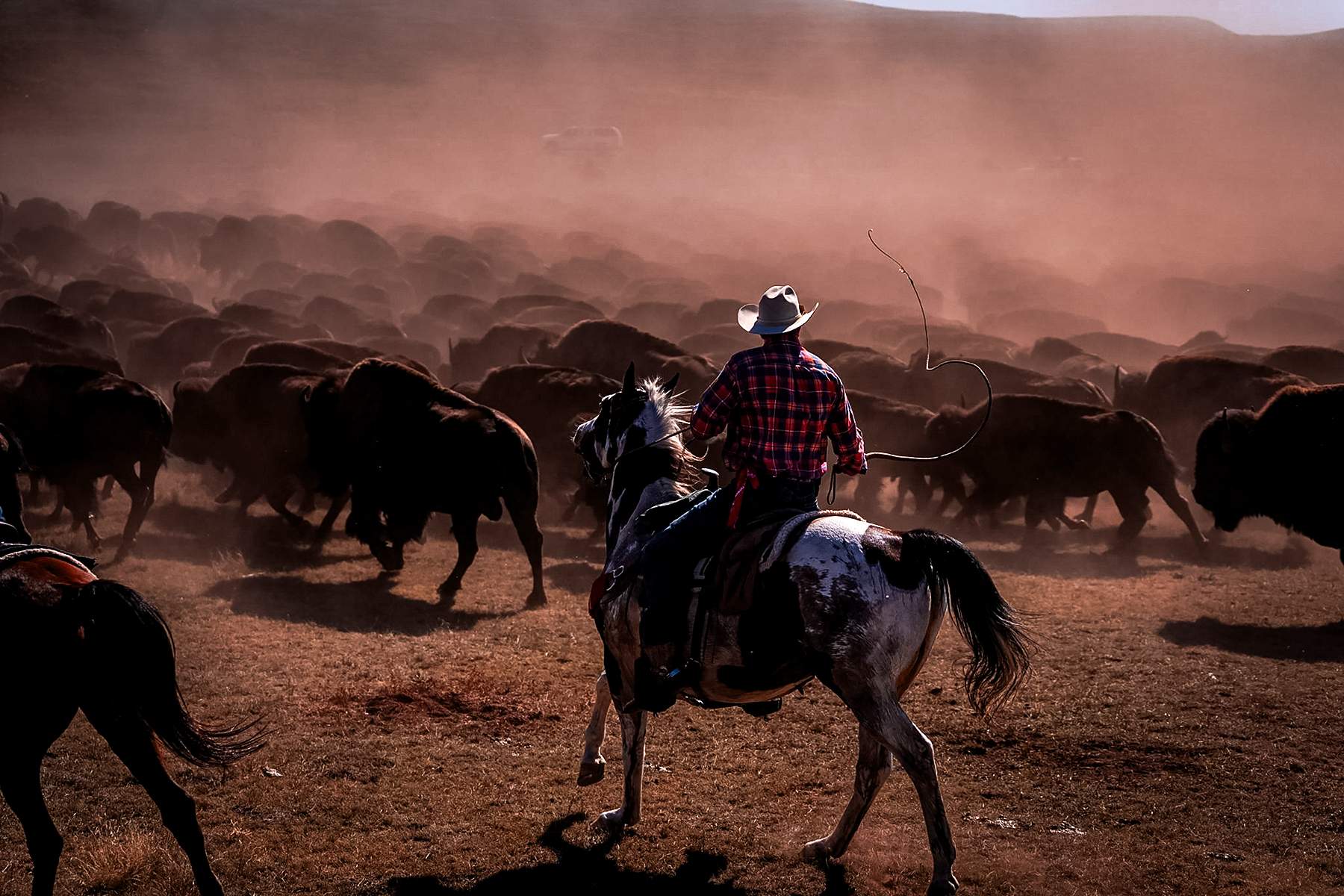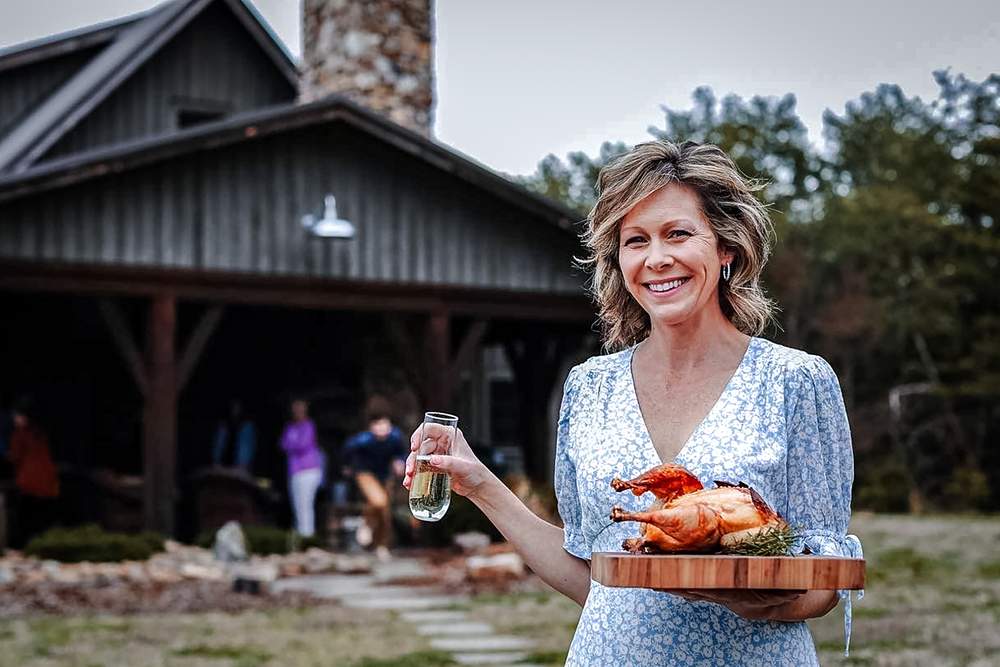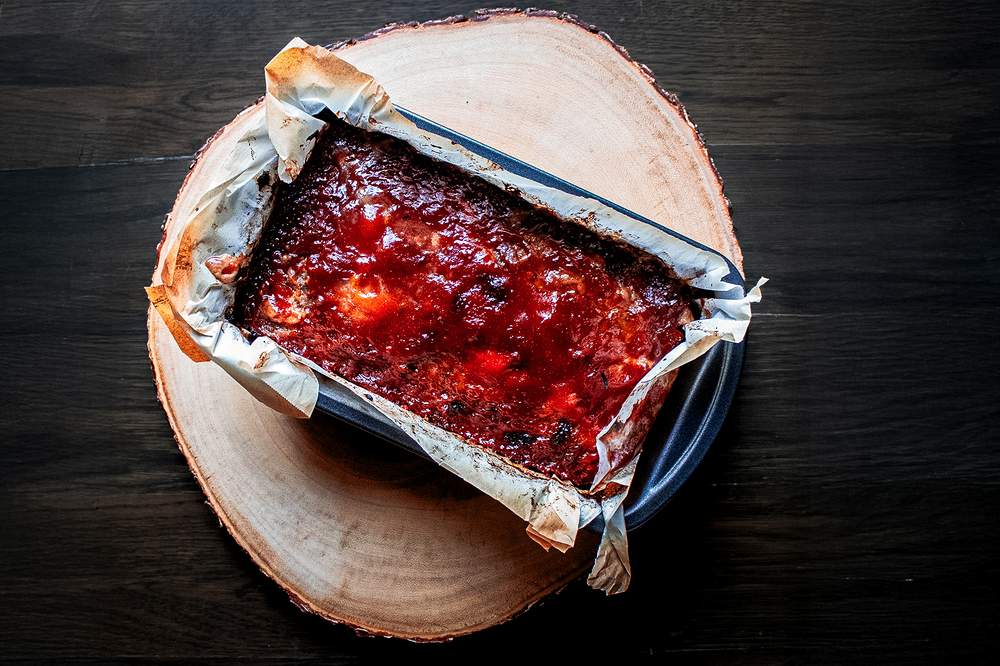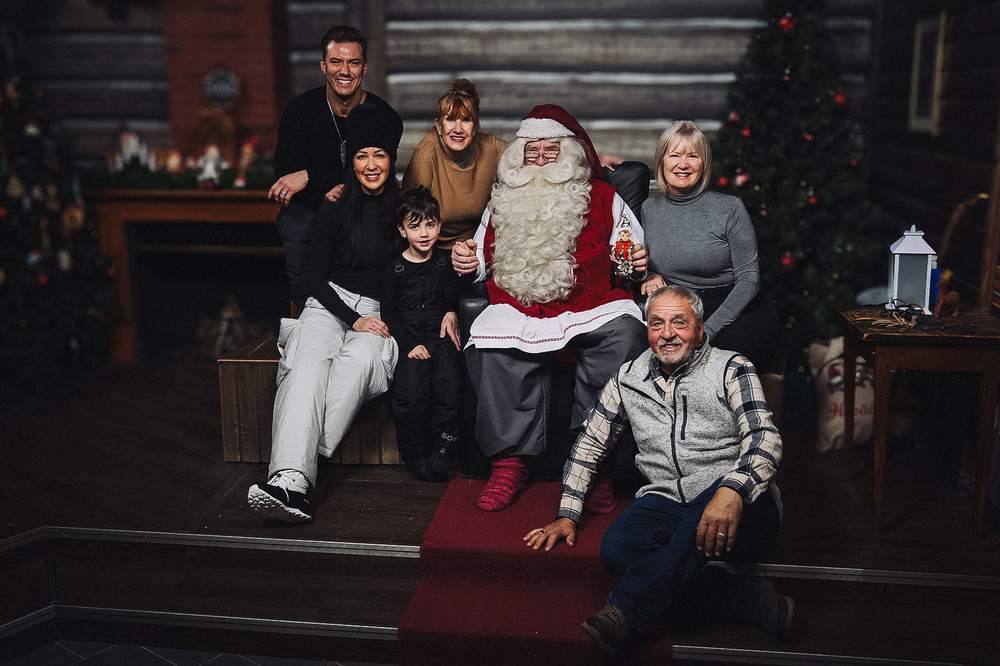It’s 9:37 a.m. on a Thursday morning and I’m standing in the bed of a Ram 1500, idling in a dusty field in the middle of a herd of more than 1,000 bison. Duos and trios of men and women on horseback are dotted among the field — and if idling is applicable to horses, they’re doing that, too. The air is electric, there’s not a cloud in the sky and the sun is heating up the day quickly; it’s already unseasonably warm for the end of September in South Dakota.
I’m in Custer State Park in the Black Hills. South Dakota’s first and largest state park, it spans more than 71,000 acres of rolling prairies and jagged mountains. The event of the year is about to kick off: the annual Custer State Park Buffalo Roundup. Now in its 60th year, the roundup is a South Dakotan tradition, made evident by today’s 27,000 exuberant spectators.
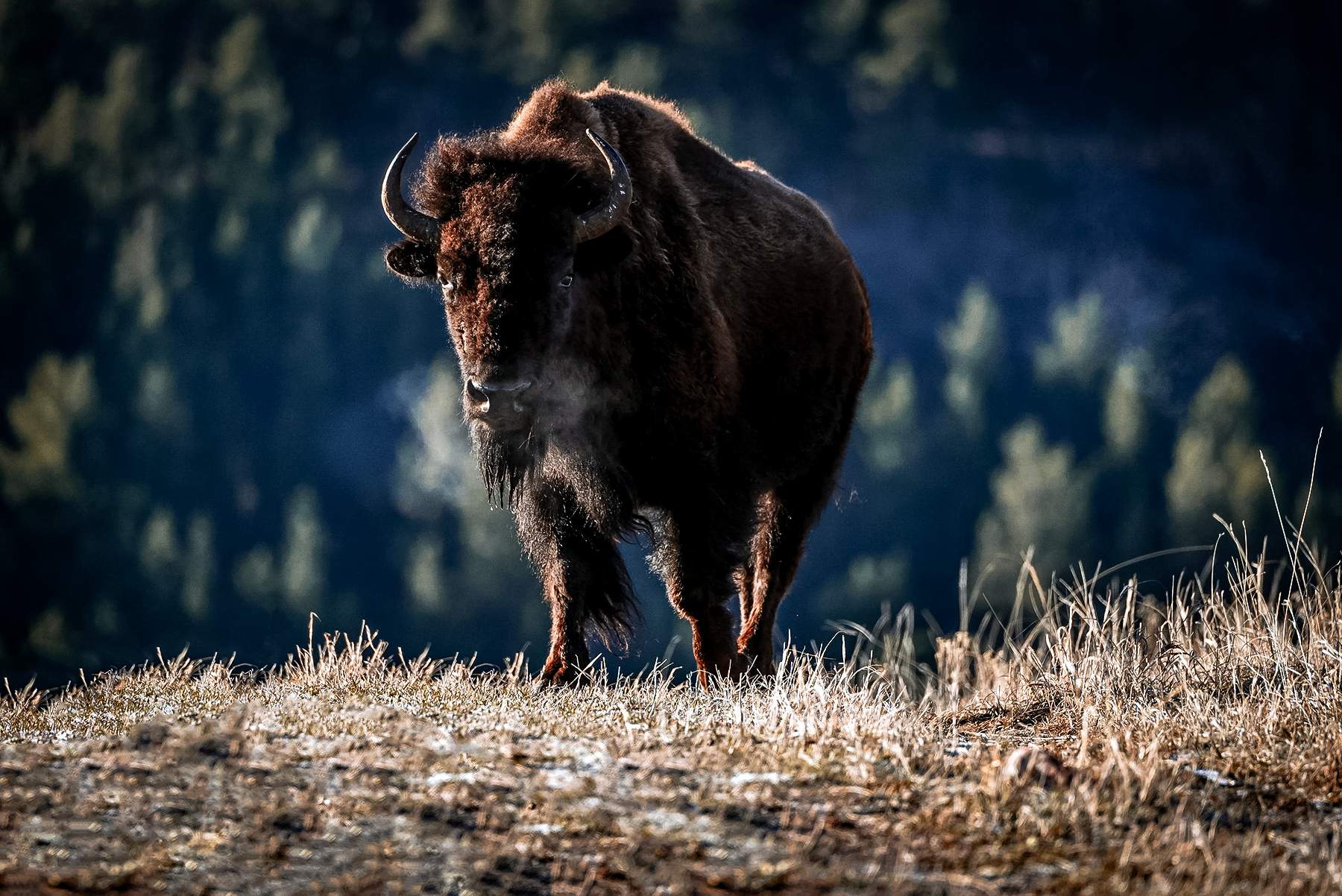
There are nearly 1,400 bison in Custer State Park, and it is a managed herd, meaning this bison population is intentionally guided and controlled by humans for conservation and population control, genetic management and health oversight.
Custer State Park’s bison herd is arguably the healthiest in the country. (Many herds are plagued by brucellosis and bovine tuberculosis, but here at Custer State Park, they’ve completely eradicated both diseases.)
The goal of the roundup each year is to move the herd from the fields where they roam to a colossal area of corrals, where, after about a week of decompression, each bison is evaluated, inoculated, and treated if necessary.
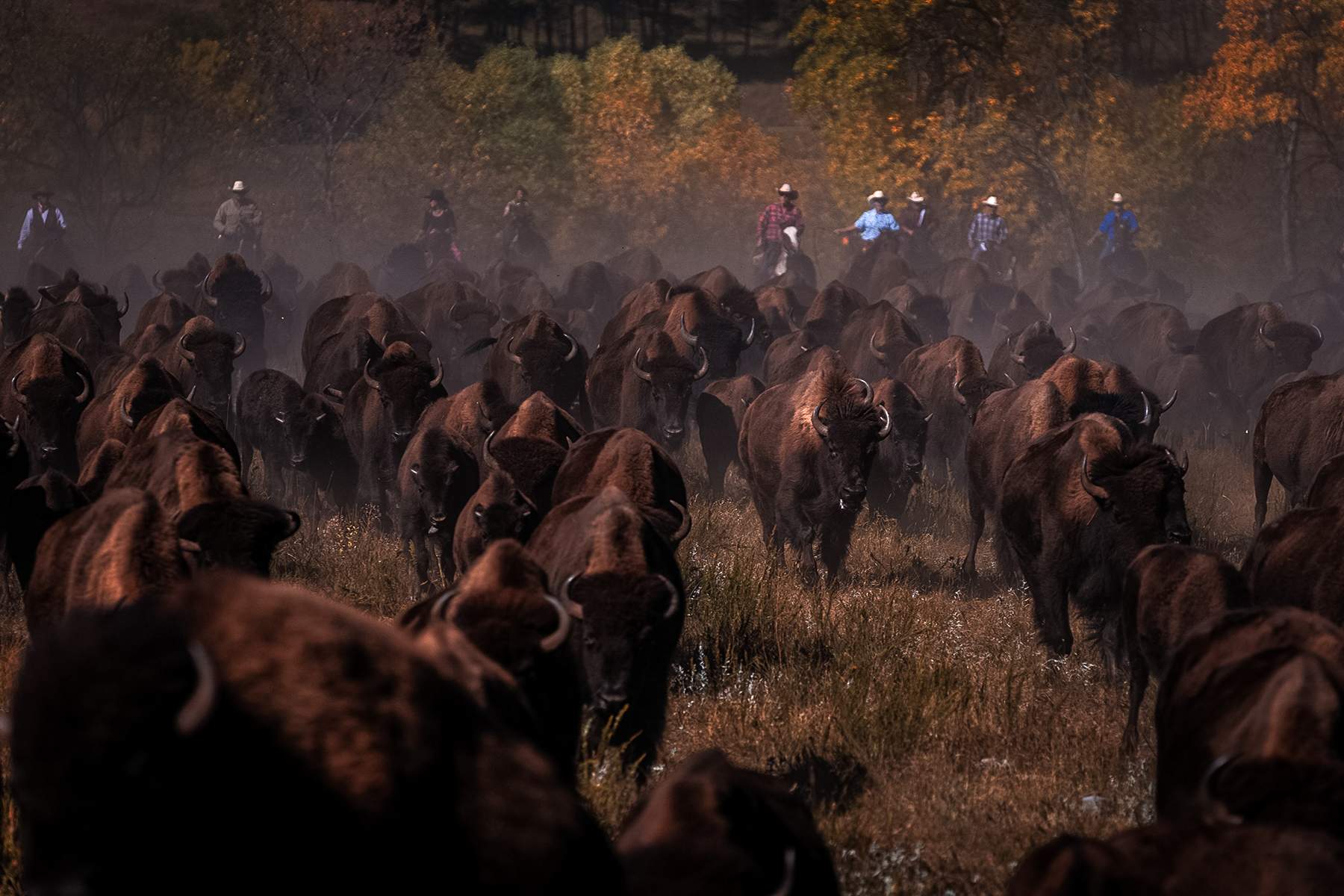
Calves are branded with the number "5" to denote "2025," the year they were born, as well as with Custer State Park’s “S” brand, indicating they belong to the state. To balance the bison population with the carrying capacity of the park’s grasslands, a select group will be sold at auction in November, the proceeds nearing $1 million, all of which will be reinvested back in to the park.
A Big Draw for Spectators and Riders
Since moving more than 1,000 bison is quite the endeavor and spectacle, it’s natural the roundup has become South Dakota’s most popular spectator event. Visitors come from all over the country — and at this point, the world — to witness this event.
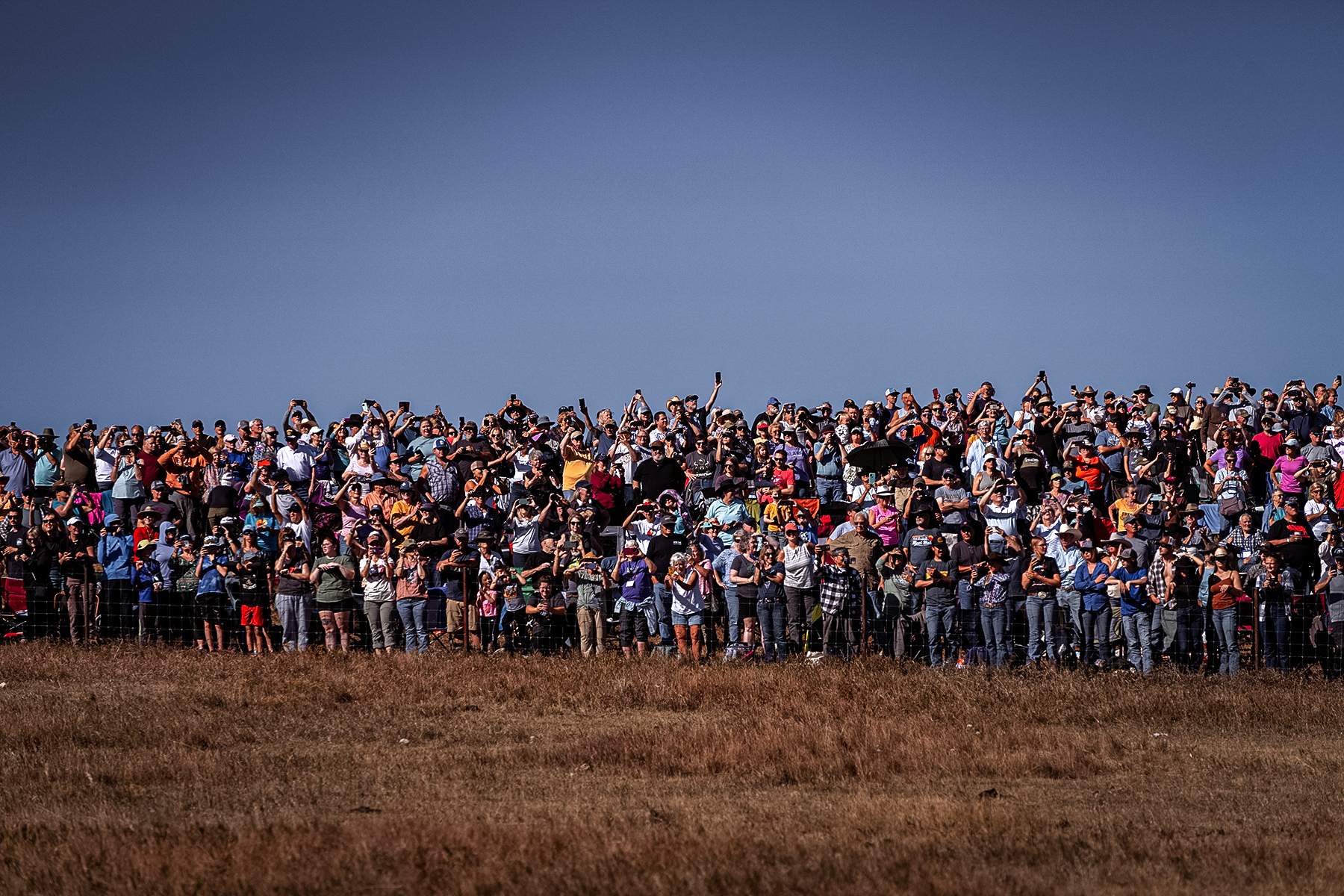
Many camp out in the park, while others arrive hours before kickoff to secure the best spots from the two hillside vantage points to watch the herd as they come rumbling around the bends.
Spectators aren’t the only ones coming from far and wide. There are 60 cowboys and cowgirls working round up the herd, all of them volunteers. But not just anyone can ride; rounding up bison isn’t the same as rounding up cattle.
Riders must apply for a spot, and approved applications are then put in to a lottery, where participation comes down to the luck of the draw.
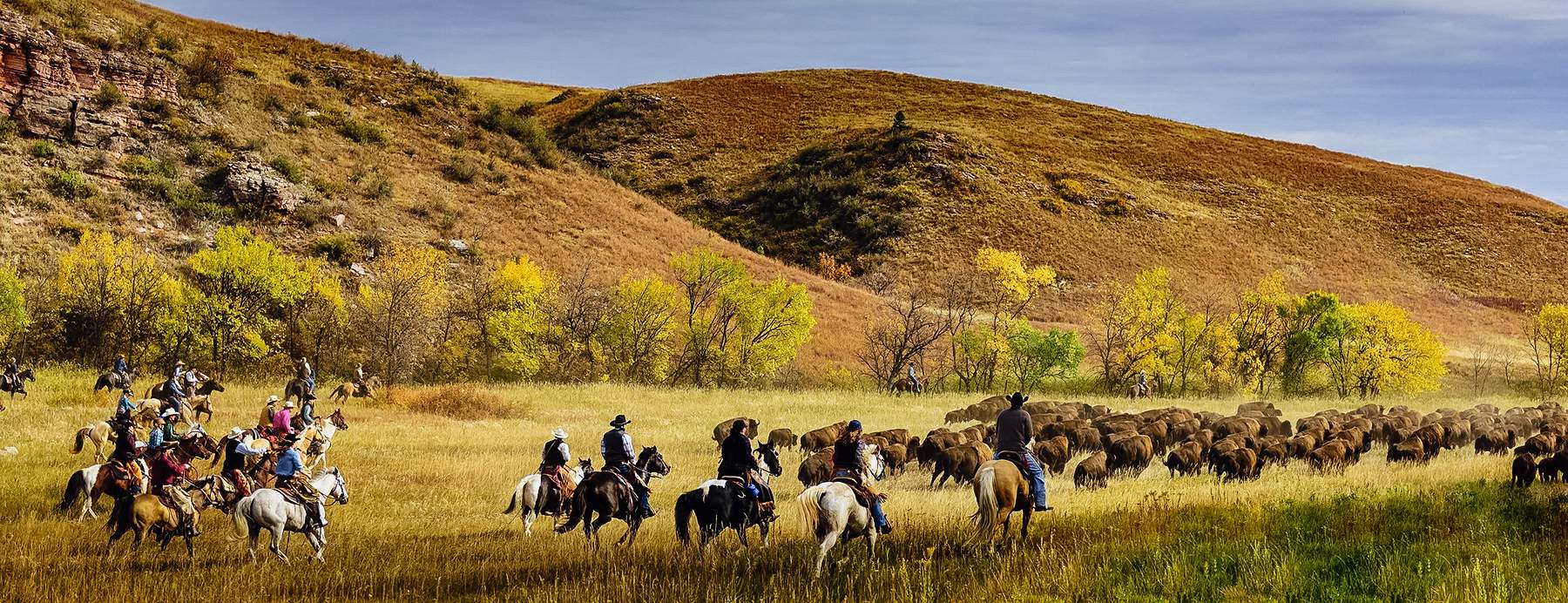
The application states, “The terrain that you will encounter will vary from very rocky, steep timbered slopes, possibly up to 50 degrees, to flat prairie. Stream crossings may be encountered. Jumping fallen trees may be necessary.”
Hanging Out in Horse Camp
The cowboys and cowgirls who participate stay at horse camp, a special section of the park that accommodates trailers and RVs. The atmosphere at horse camp is warm and welcoming, and lifetime friends are made there. I spot two cowboys about 30 minutes before their safety briefing and learn they are both first-timers.
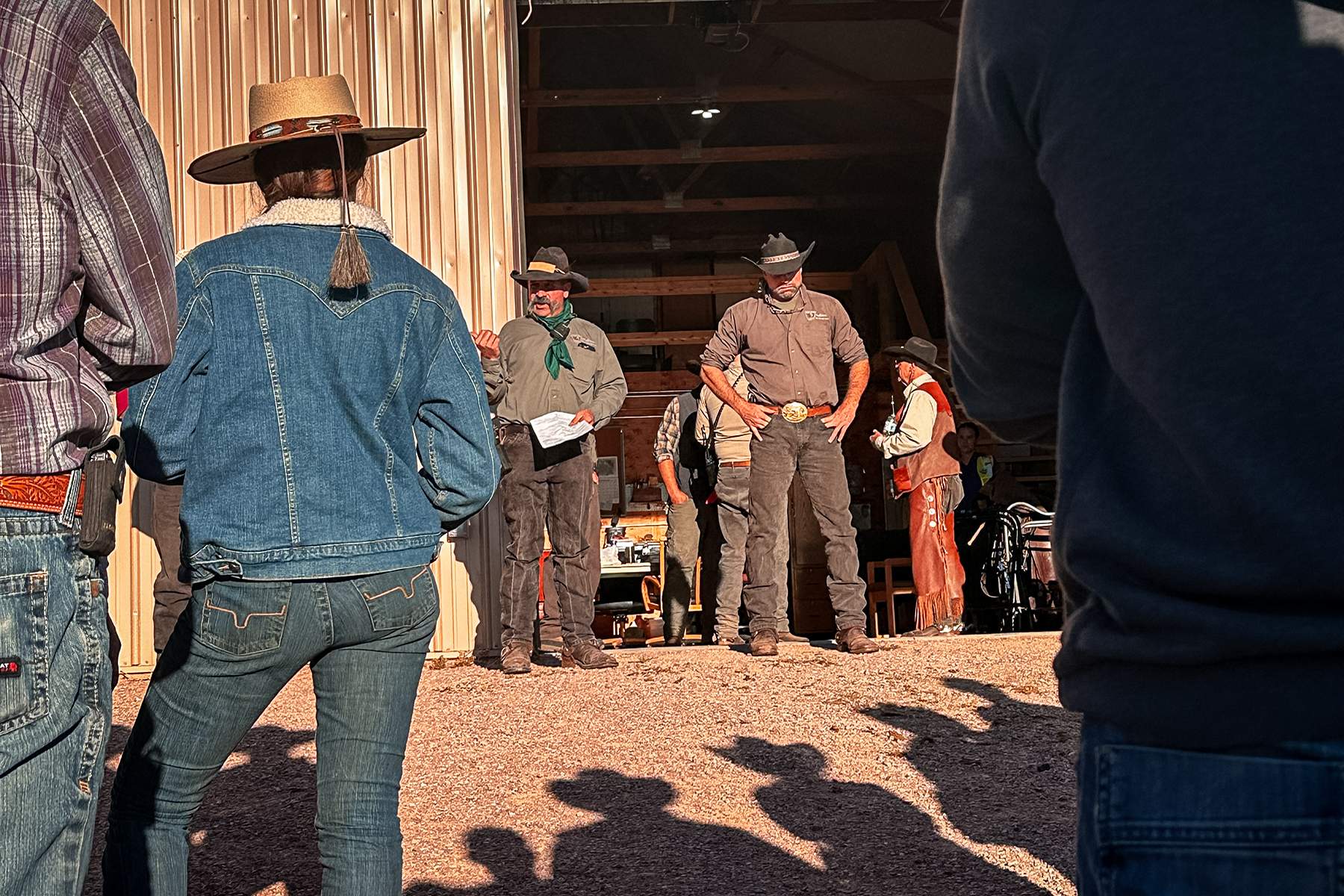
When I asked about their experience so far, Greg Brinkley, an almond farmer from California who traveled to the park with his family and 9-year-old horse, Buck, said, “It was a good trek coming out here. This part of South Dakota is a special place. It really is. The staff, everybody here, everything is put together very, very well. It’s very organized. I can’t say enough about this state; it’s beautiful.”
Paul Rice, another first-time roundup wrangler who traveled to the event from Illinois with his family and reined cow horse, Rusty, said the camaraderie at the horse camp is fantastic. (He and Brinkley seem like they’ve been friends for years despite having met just days earlier.)
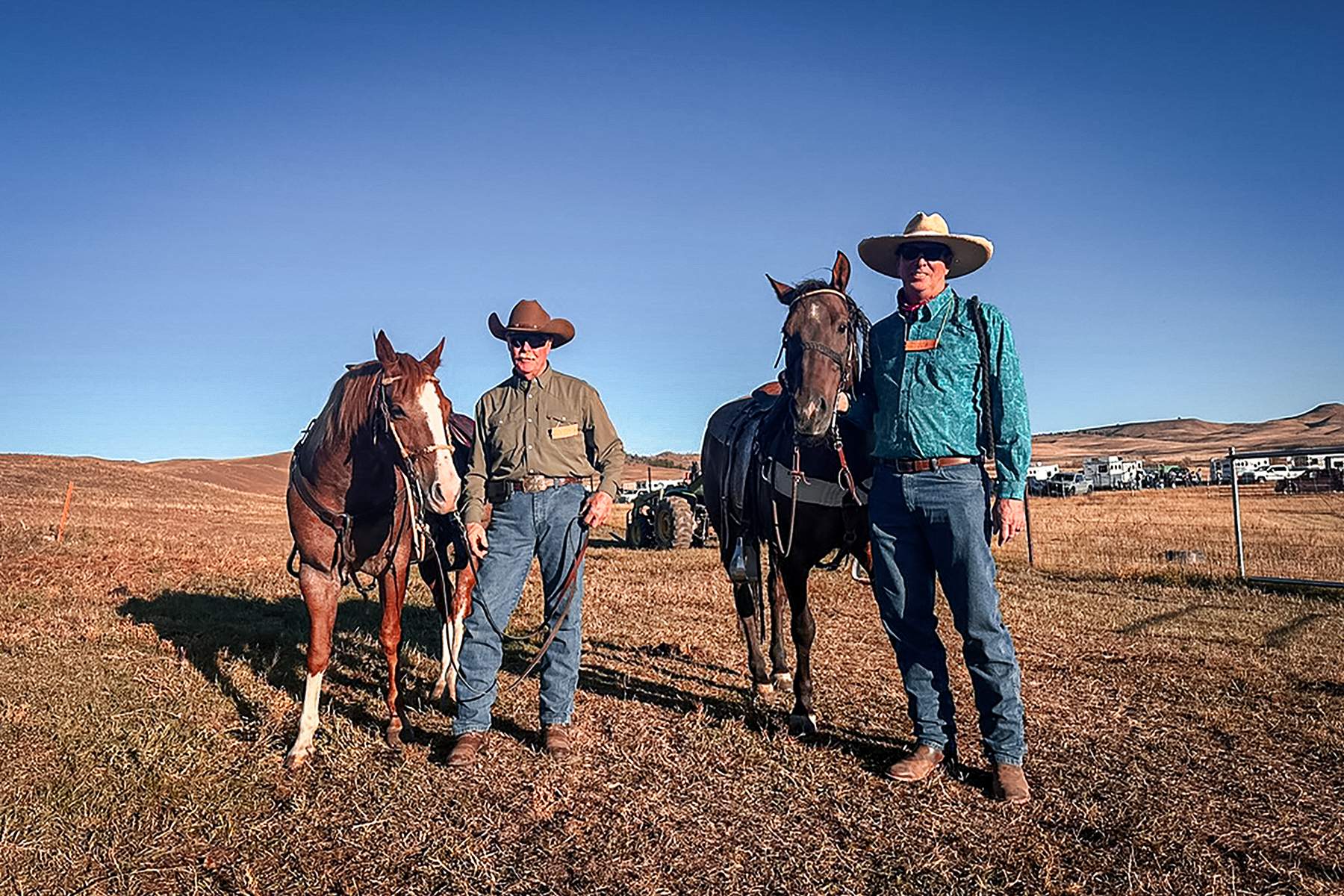
“Custer State Park has an excellent equestrian facility on French Creek Horse Camp,” Rice said. “It’s the best [place] that we’ve stayed at over the years, so it really makes the accommodations great for the horses and for the owners as well.”
Moving the Herd
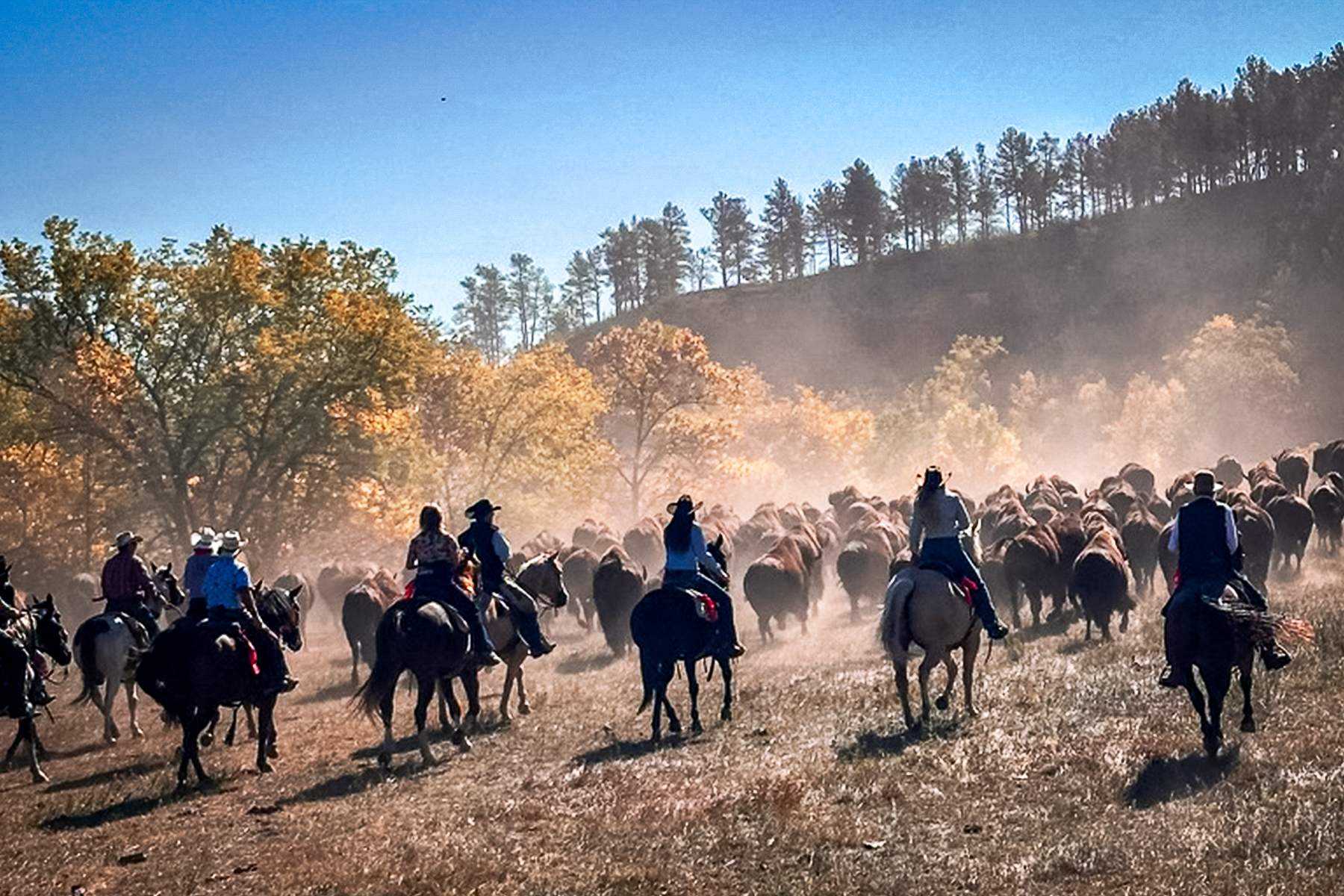
The day before the roundup, all 60 riders complete a mandatory orientation and practice run, during which they ride the 2-mile roundup route, as well as make sure their horses are comfortable around the herd.
“It’s a nice way to give the riders confidence that they’re not going to have a problem when the show starts,” Rice noted.
Back in the field, the anticipation is building. I notice the bison up on the hillside to our left have begun moving, the riders driving them from behind. Slowly the wave of movement begins making its way toward us, and the horses and riders on our side begin to take off behind the herd.
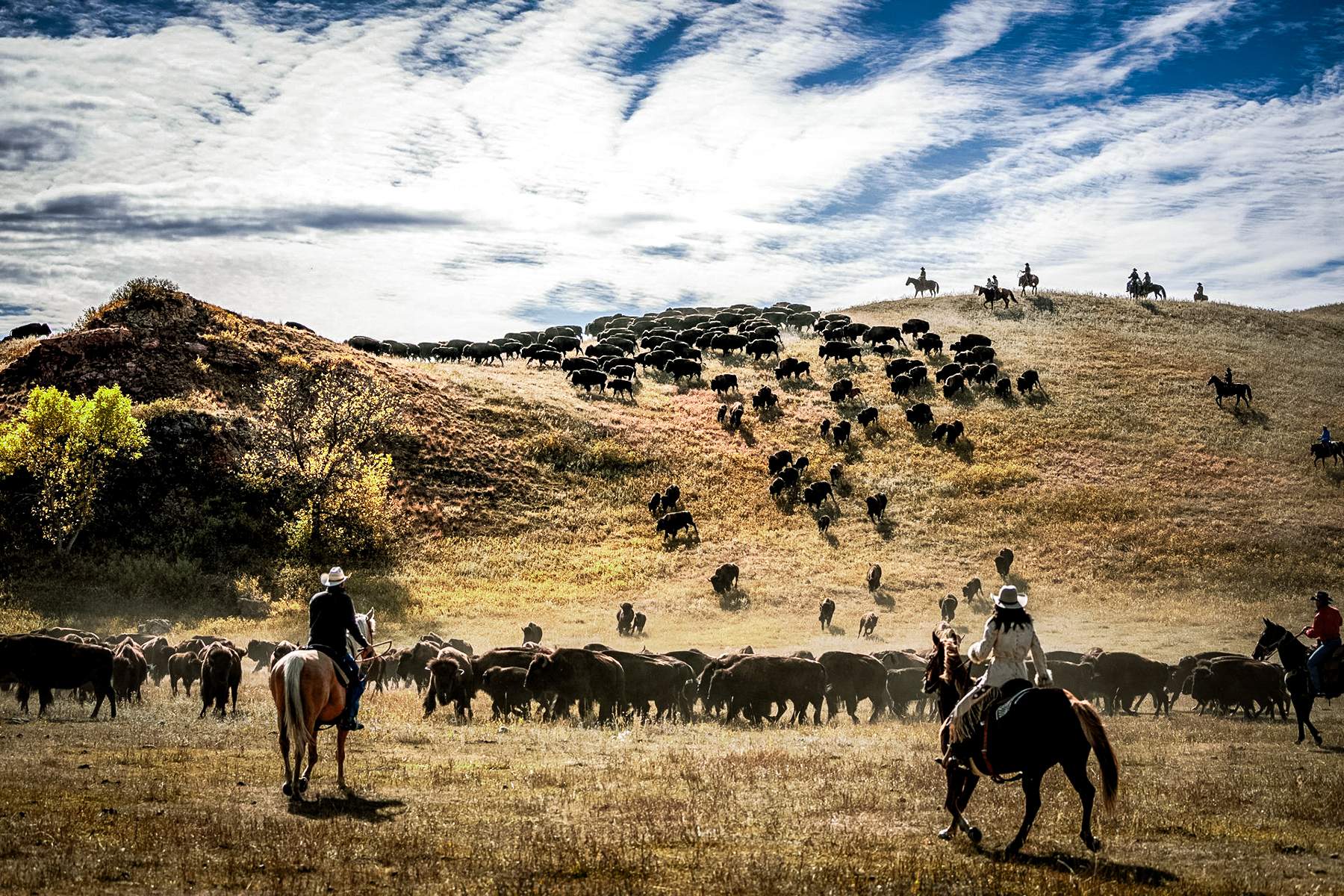
By now the sun is blazing and it’s hot, so the bison are moving a bit slower than they would if it were chilly, but they’re moving — all 1,400 of them. The prairie dust is kicking up, filling in the space between the animals, creating a brown cloud of movement as far and as wide as the eye can see.
Our truck moves along, bringing up the rear, jostling us journalists as we hold on for dear life while the wheels charge over the craggy terrain.
The sound is thunderous. Above the racket of 5,600 tramping feet, the horsemen whoop and holler as they run at full speed back and forth among the bison, a handful of cowboys and cowgirls cracking whips in the air, which only adds to the cacophony. The riders move among each other with seemingly choreographed ease. It’s riveting.
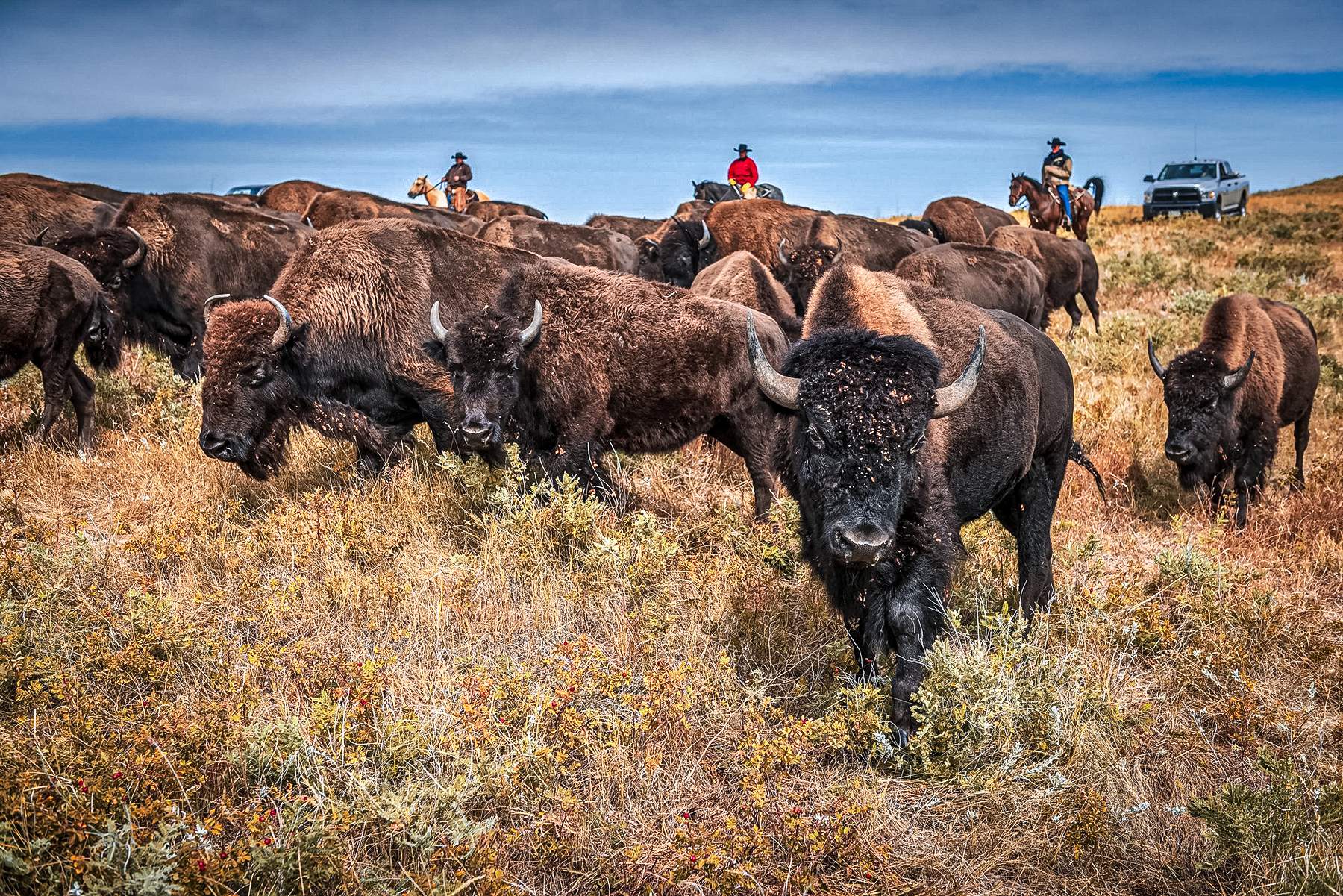
The route twists and turns and the landscape changes during the course of the hour. At one point a bottleneck drives all three teams of 20 riders (red team, white team and blue team, naturally) to converge in one narrow area before dispersing again to their designated sides as the landscape opens back up.
A bison is spotted to the right, up on a precipice, and without hesitation, three horses and riders scramble up what looks to be an 80-degree cliff face covered in brush and trees, and take care of business.
As the herd rounds the corner and comes into view of the first spectator vantage point, the crowd goes wild. Deafening cheers fill the air as the herd makes its way past and on to the second vantage point, where the crowd reacts the same.
When the bison approach their final destination of corrals, the atmosphere is celebratory. The roundup is a great success, not only in the fact that the 1,400 bison are rounded up, but also that there are no injured riders or animals.
As the crowd descends on the lunch tent to enjoy pulled-bison sandwiches and baked beans, many people make their way to a small arena where the Custer State Park staff demonstrate what will happen next for the herd.
Evaluations
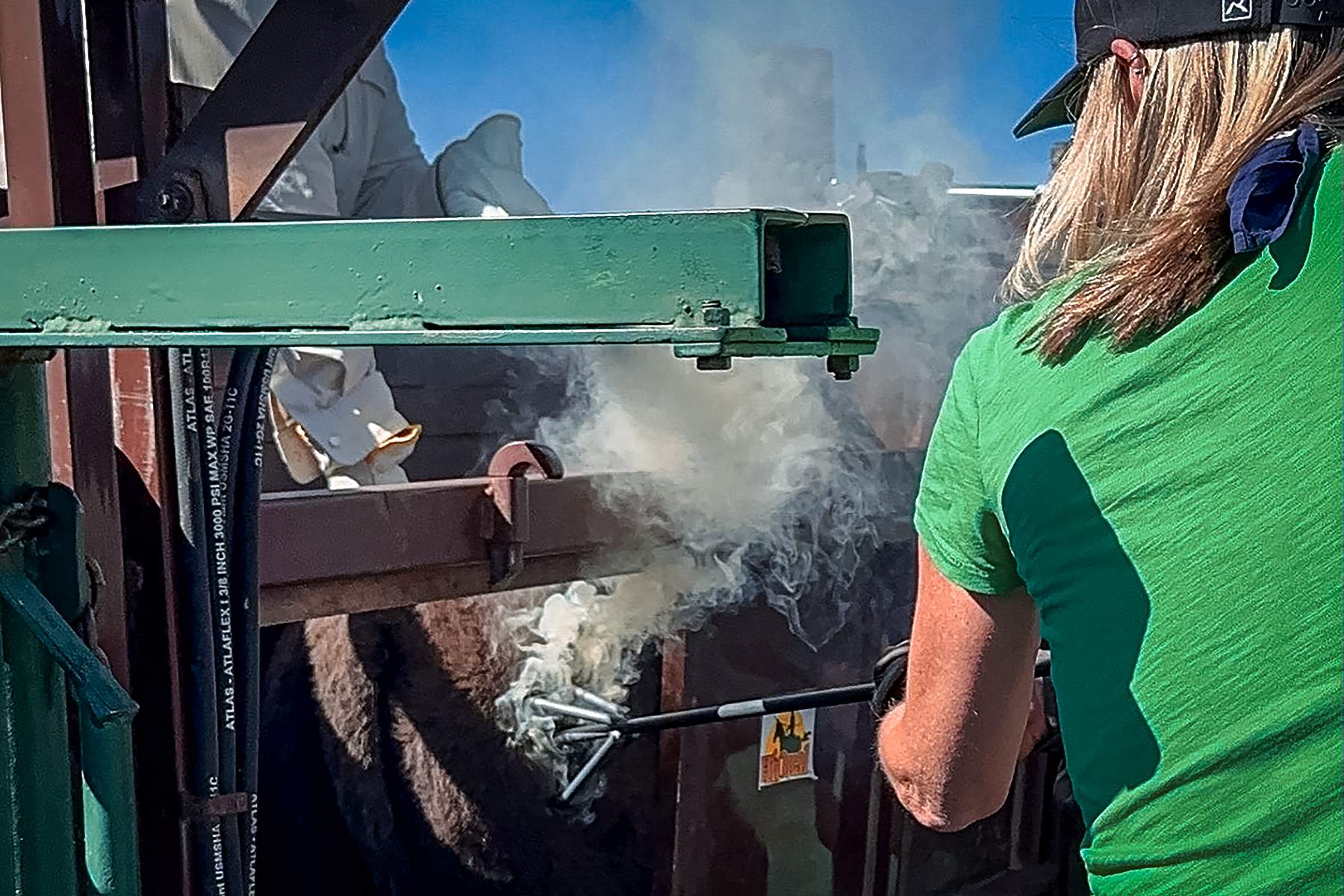
Wisely, they pulled 50 bison from the herd a week prior and let them rest and decompress to be ready for their evaluation, inoculations, vet checks and, if they’re younger than 1 year old, branding.
The crowd watches as, one by one, each bison is shuttled through the chute system to each station. Those who opt not to watch the process instead head over to the annual Buffalo Roundup Arts Festival to peruse the 150 vendor booths and food trucks.
What makes the annual Custer State Park Buffalo Roundup such a monumental event? According to Chad Kremer, Custer State Park’s bison herd manager, “It’s our national animal. It’s nostalgia, reminiscent of the Old West. And the cowboy part of the roundup just amplifies it.”
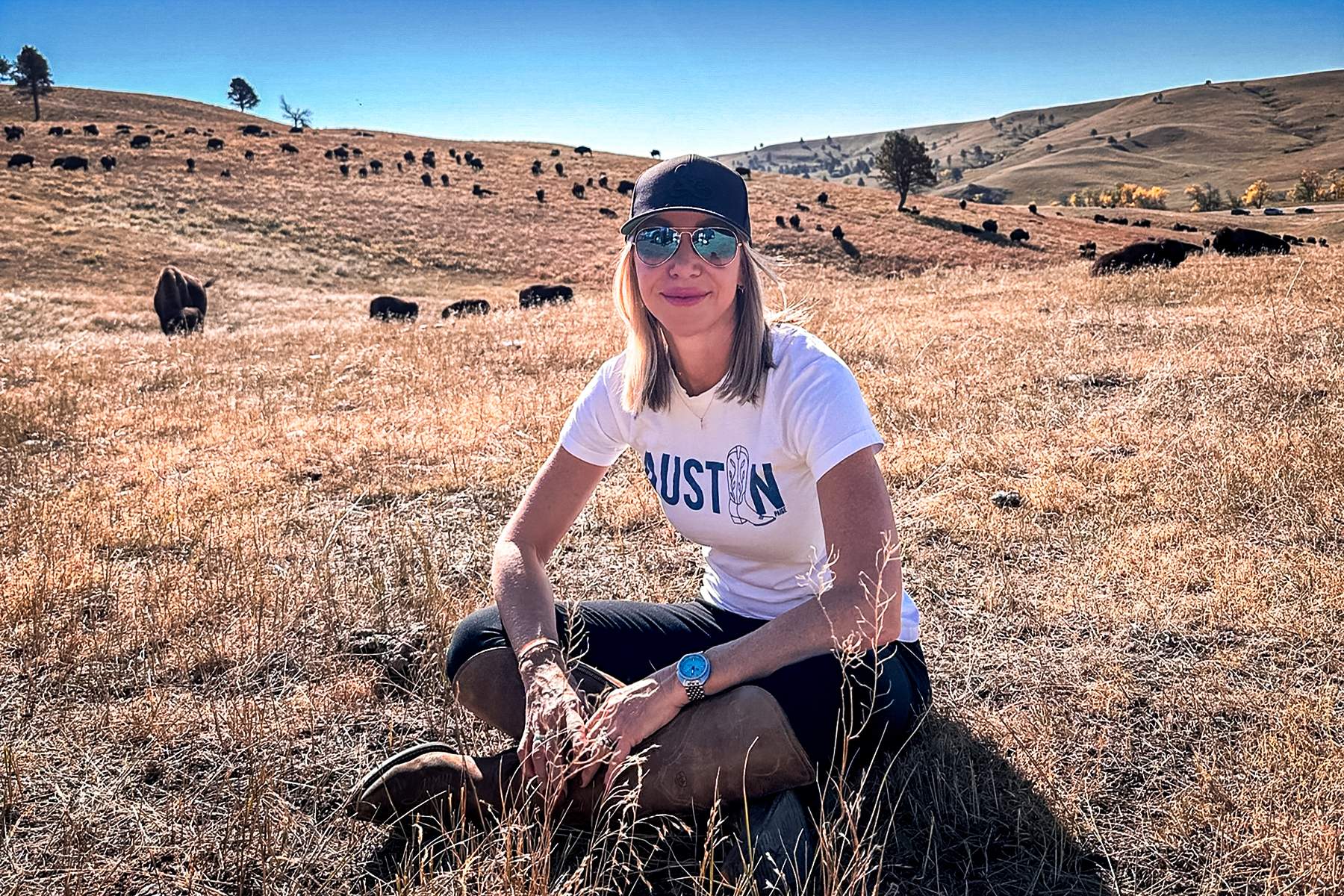
How To Build a Trip Around the Buffalo Roundup
Designing a trip around this event is simple and fun, since there are so many major attractions to experience. The mind-blowing part is they’re all so close in proximity; you’ll rarely have to spend more than an hour (90 minutes max) in the car.
Below is a roundup of not-to-miss stops, outlined in an order that will help keep the trip easy and efficient. Of course, visitors can reverse it to make the roundup the grand finale.
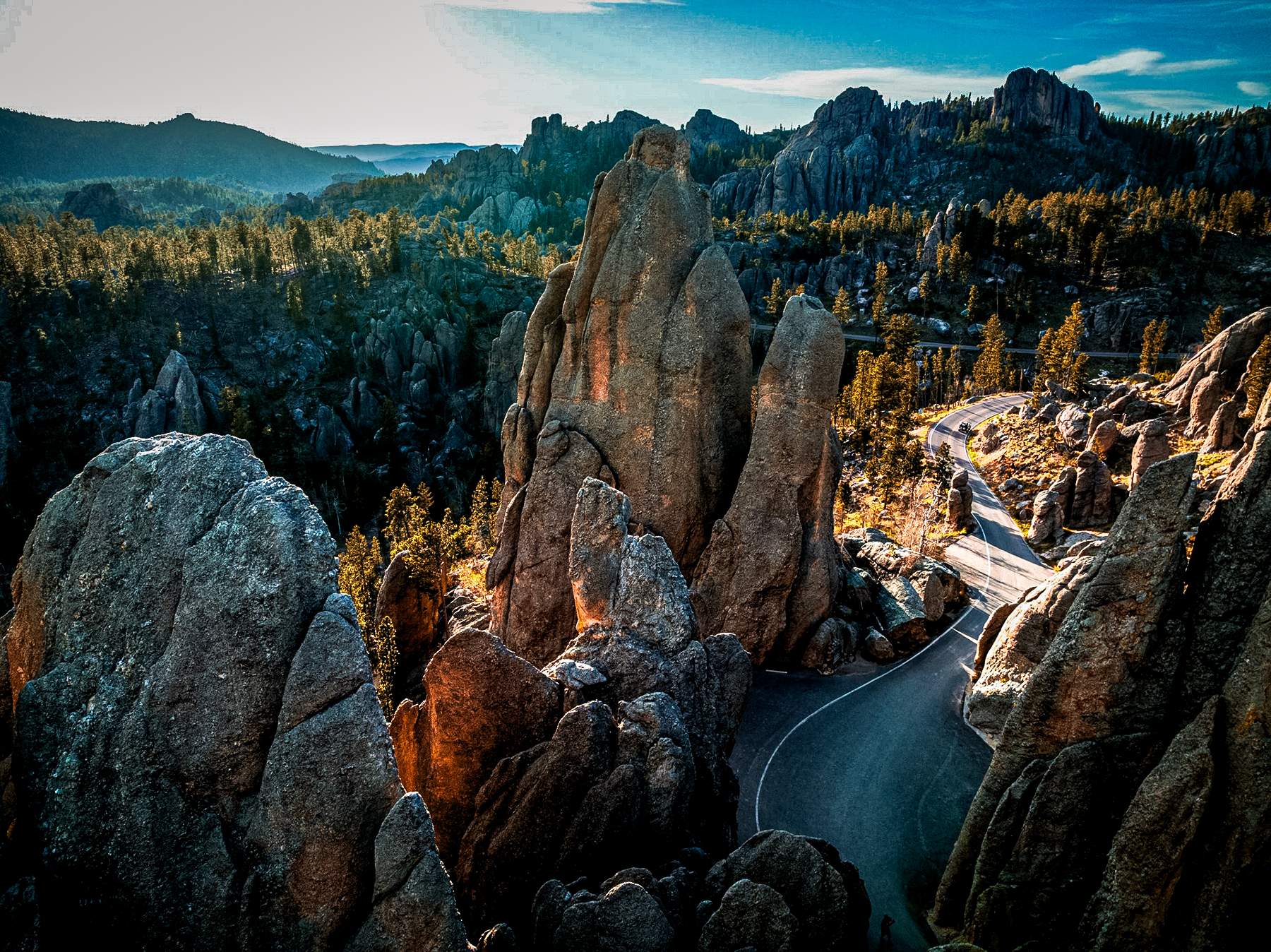
Custer State Park
Though the roundup is only for one day, it’s easy to assemble an epic South Dakota trip around it.
Certainly, spending more time than just the day of the roundup at Custer State Park is a must. The scenic drive along Needles Highway and Iron Mountain Road features tunnels, granite spires and breathtaking views, and is well worth the price of park admission ($25 for a 7-day pass).
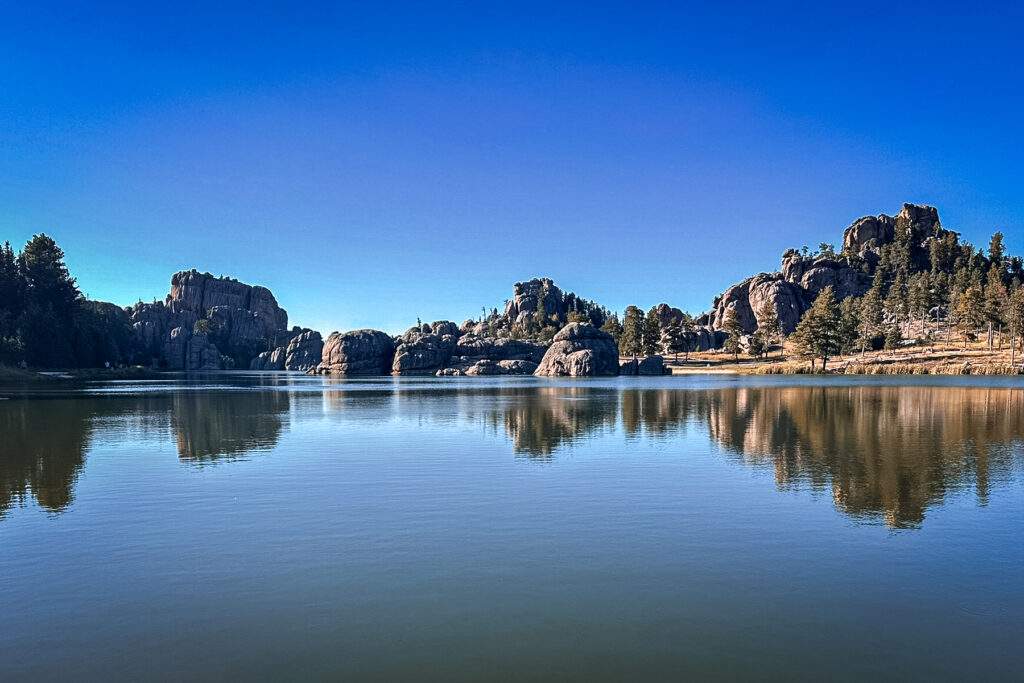
Hiking, biking, fishing, boating, camping, and hunting are some of the numerous activities available. Visitors can spot elk, pronghorn, deer, coyotes, and prairie dogs at any turn.
Crazy Horse Memorial
This ongoing mountain carving honors Lakota leader Crazy Horse and is a powerful tribute to Native American history.
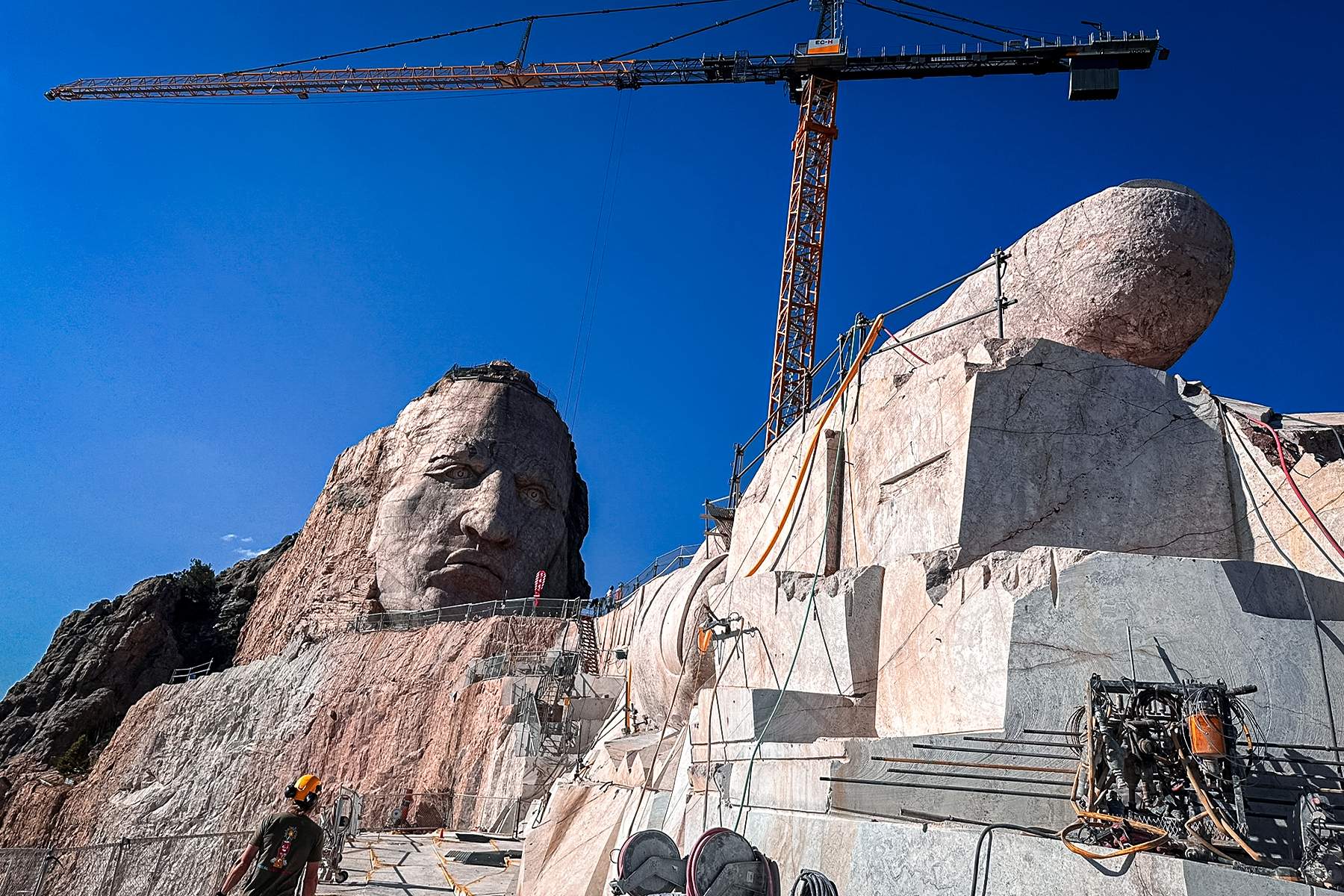
Explore the visitor center and museum, and, for a fee, take a bus ride up to the top for an incredible view of the monument and surrounding Black Hills.
Mount Rushmore National Memorial
Of course, everyone knows Mount Rushmore, the iconic Black Hills monument with the massive carved faces of U.S. presidents George Washington, Thomas Jefferson, Theodore Roosevelt, and Abraham Lincoln.
However, it’s not just a photo op; the surrounding trails, modern visitor center and sweeping views make this treasure a must-see for anyone exploring South Dakota.
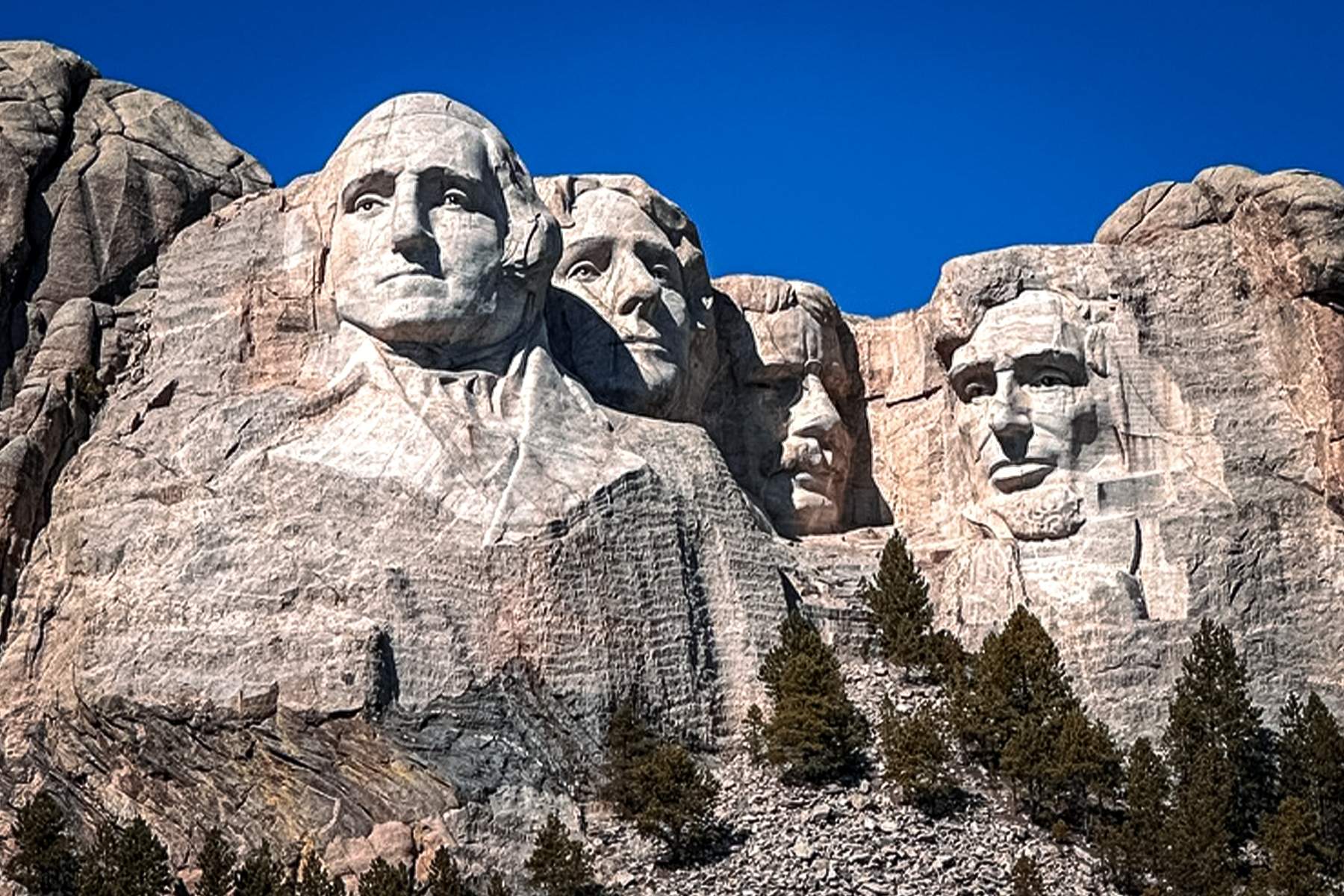
Pro tip: Order the vanilla ice cream. It’s inspired by Thomas Jefferson’s original recipe and is some of the best I’ve ever had!
Badlands National Park
Badlands National Park is a rugged landscape of jagged rock formations, deep canyons and sweeping prairies. It truly looks like another planet. It’s not just scenic; the park is rich with fossils, offering a glimpse into the lives of creatures that roamed the land millions of years ago. There is even a paleontology lab on-site that’s open to visitors.
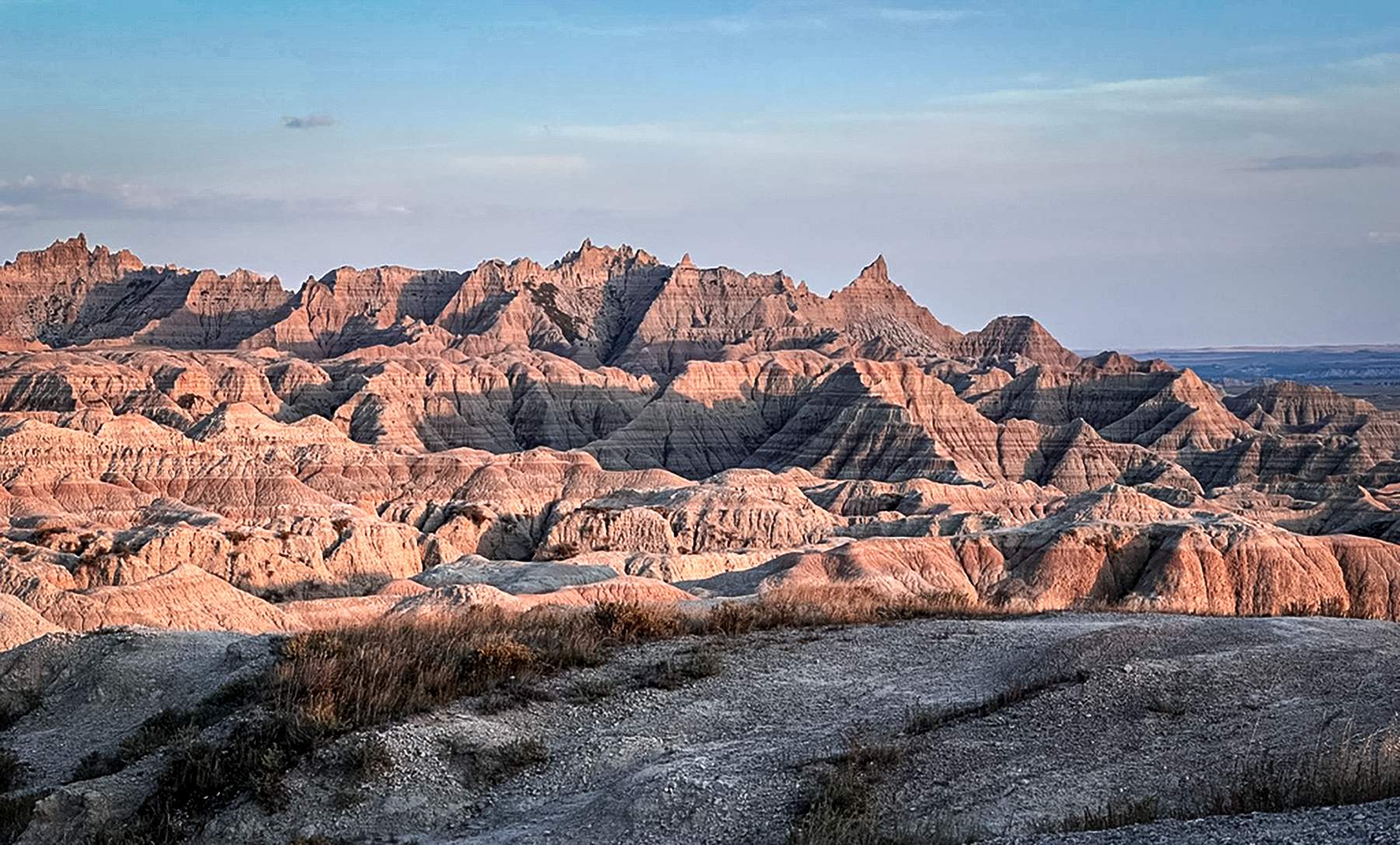
Wall Drug Store
On the way out of (or into) the park, visitors can stop at famous roadside attraction, the Wall Drug Store. What began in 1931 as a 24-by-60-square-foot pharmacy in the tiny town of Wall, South Dakota, is now a third-generation-owned, 76,000-square-foot mega-complex.
Here, visitors can purchase everything from souvenirs to jewelry to cowboy boots, view American West fine art, including paintings by illustrator and muralist Dean Cornwall, enjoy a family meal, buy a 5-cent coffee, and partake of the famous — and unbelievably delicious — fresh cake donuts.
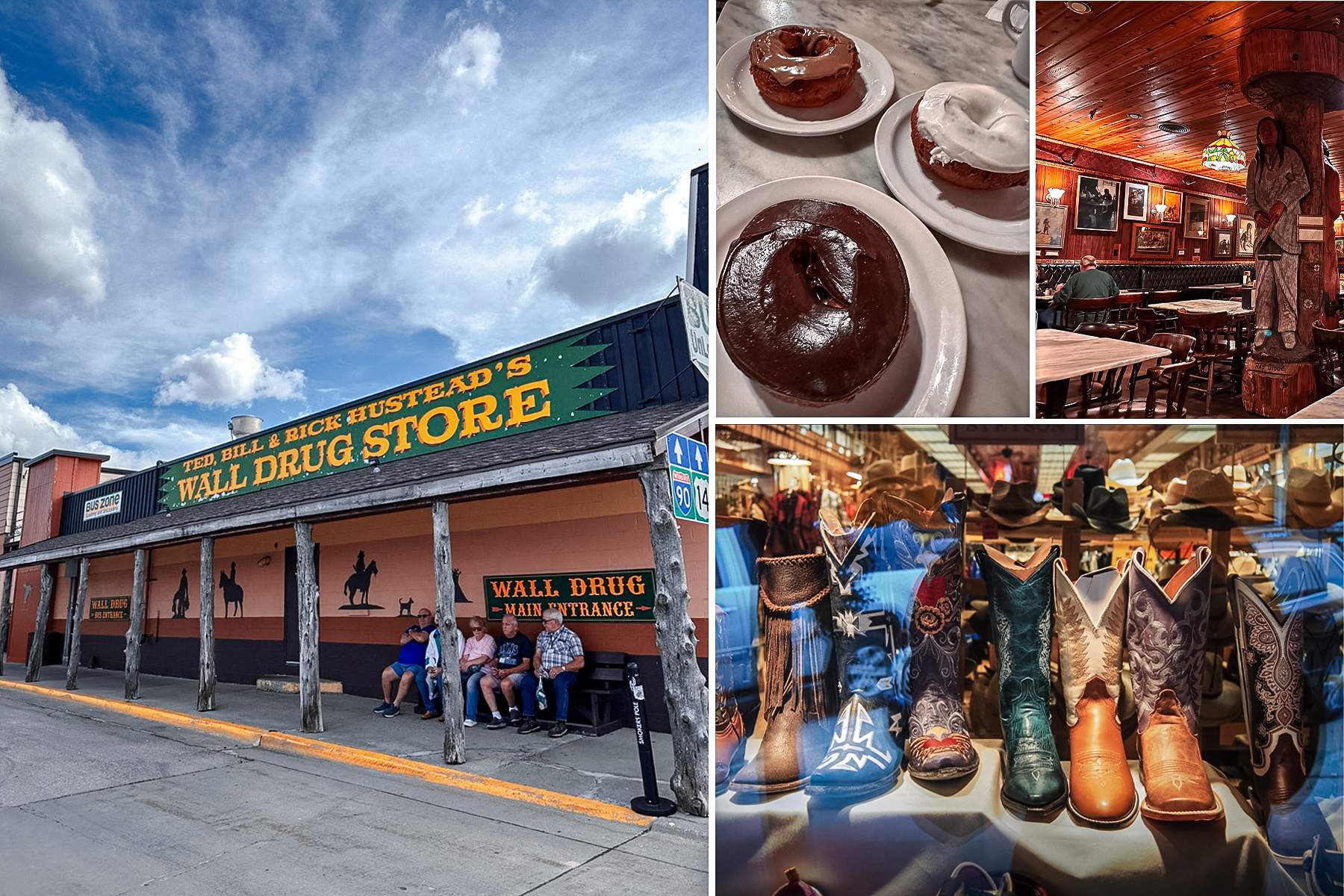
Wind Cave National Park
This 33,847-acre park, named for the strong air currents that naturally flow in and out of the entrances to one of the longest cave systems in the world (tours are available), is as beautiful aboveground as it is below.
Visitors can spot bison, elk and other prairie wildlife, and there are trails for hiking and spots to enjoy the scenery.
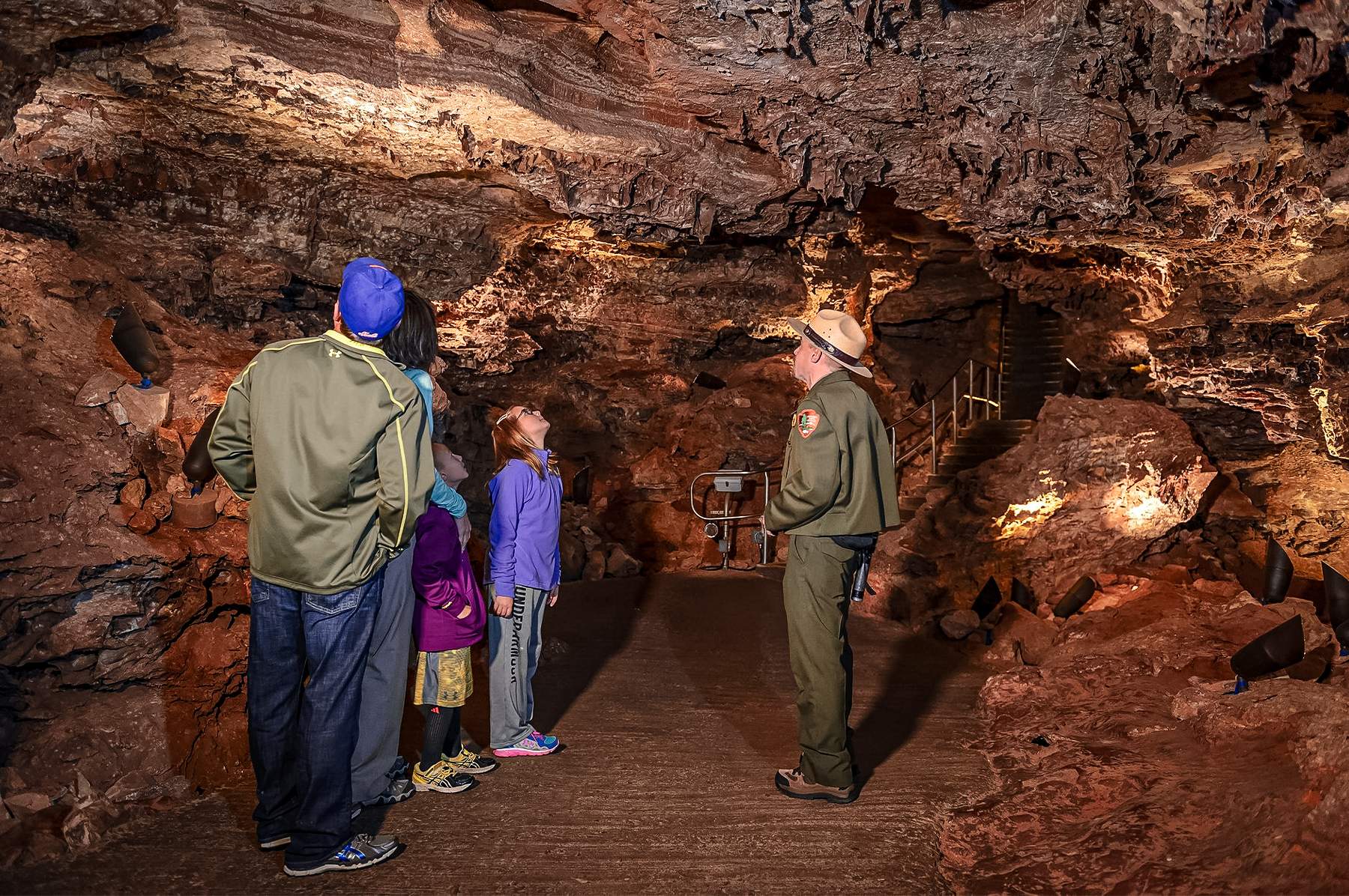
The Mammoth Site
“Incredible” doesn’t begin to describe this unique paleontological site and museum where visitors can see the remains of more than 60 Columbian and woolly mammoths preserved in a massive sinkhole.
The site has been an active dig since the 1970s, and visitors can watch paleontologists at work, see fossils in place and learn about the Ice Age environment that once covered the area.
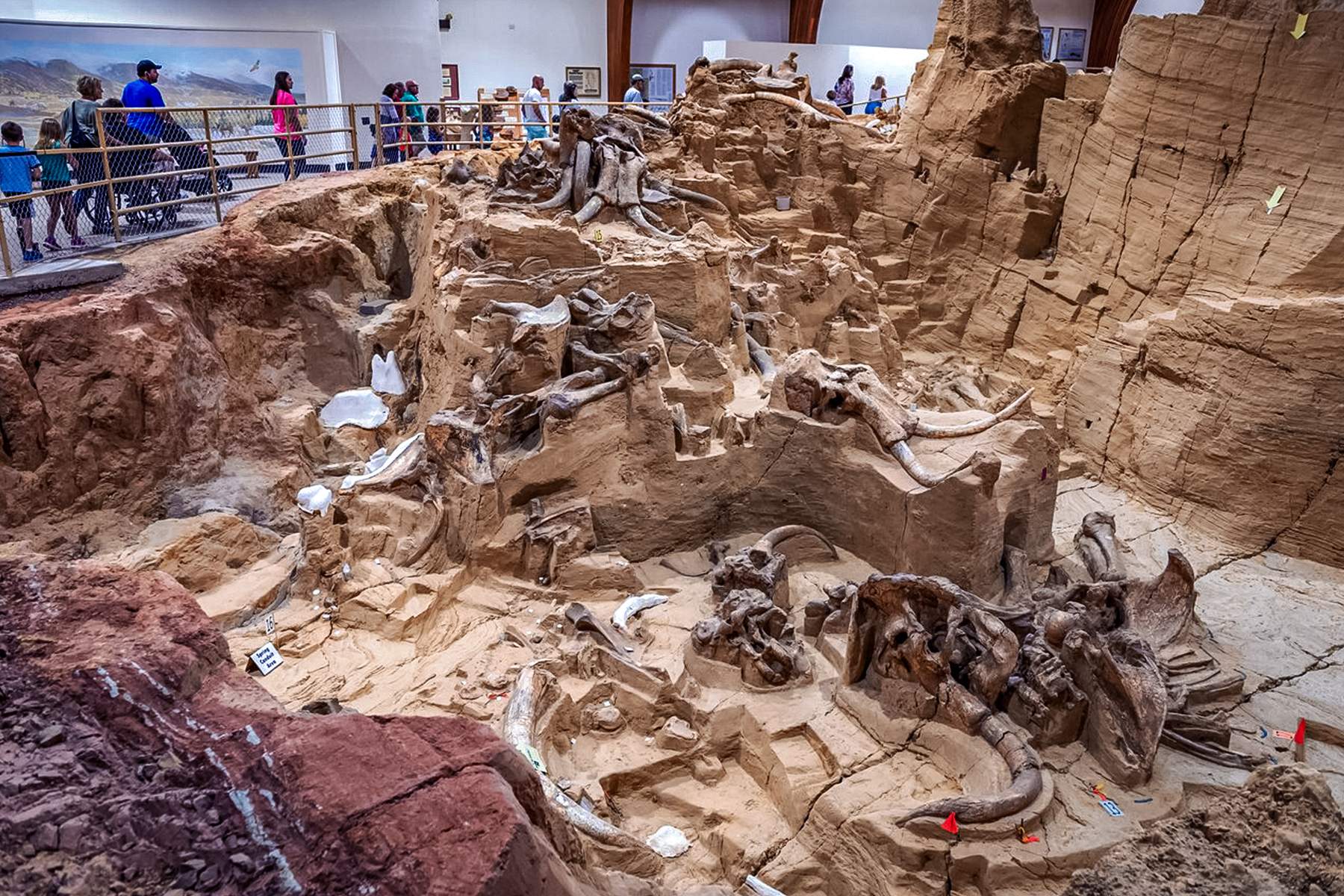
Where To Stay for the Buffalo Roundup
Custer, South Dakota
Closest to Custer State Park and Crazy Horse Memorial, this small pioneer town is the perfect base for exploring the Black Hills. It’s charming, historic and ideally located for sightseeing, wildlife viewing, hiking and taking in South Dakota’s natural beauty.
Pro tip: Stay at the eclectic German-themed Bavarian Inn Black Hills and grab breakfast and specialty coffees at the on-site Feel Good Café.
Another pro tip: Book a dinner at Skogen Kitchen. This chef-driven gem of a menu was the biggest surprise of the entire South Dakota trip.
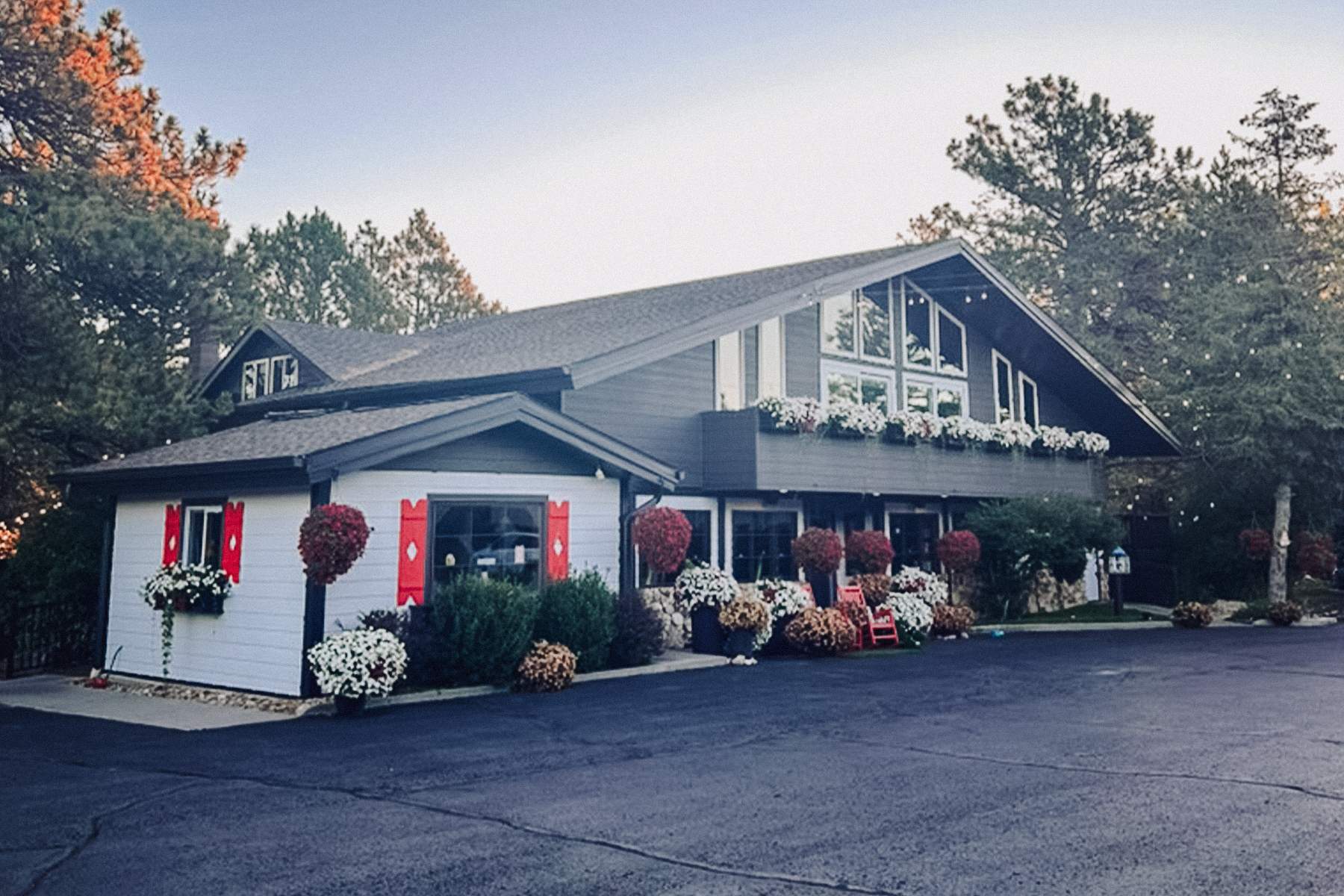
Keystone, South Dakota
Keystone is a charming former gold-mining settlement town with a population of about 300. Only 3 miles from Mount Rushmore, Keystone offers shops, lodging and restaurants without losing its small-town, scenic charm. It strikes a nice balance between tourist-friendly and tucked-away Black Hills atmosphere.
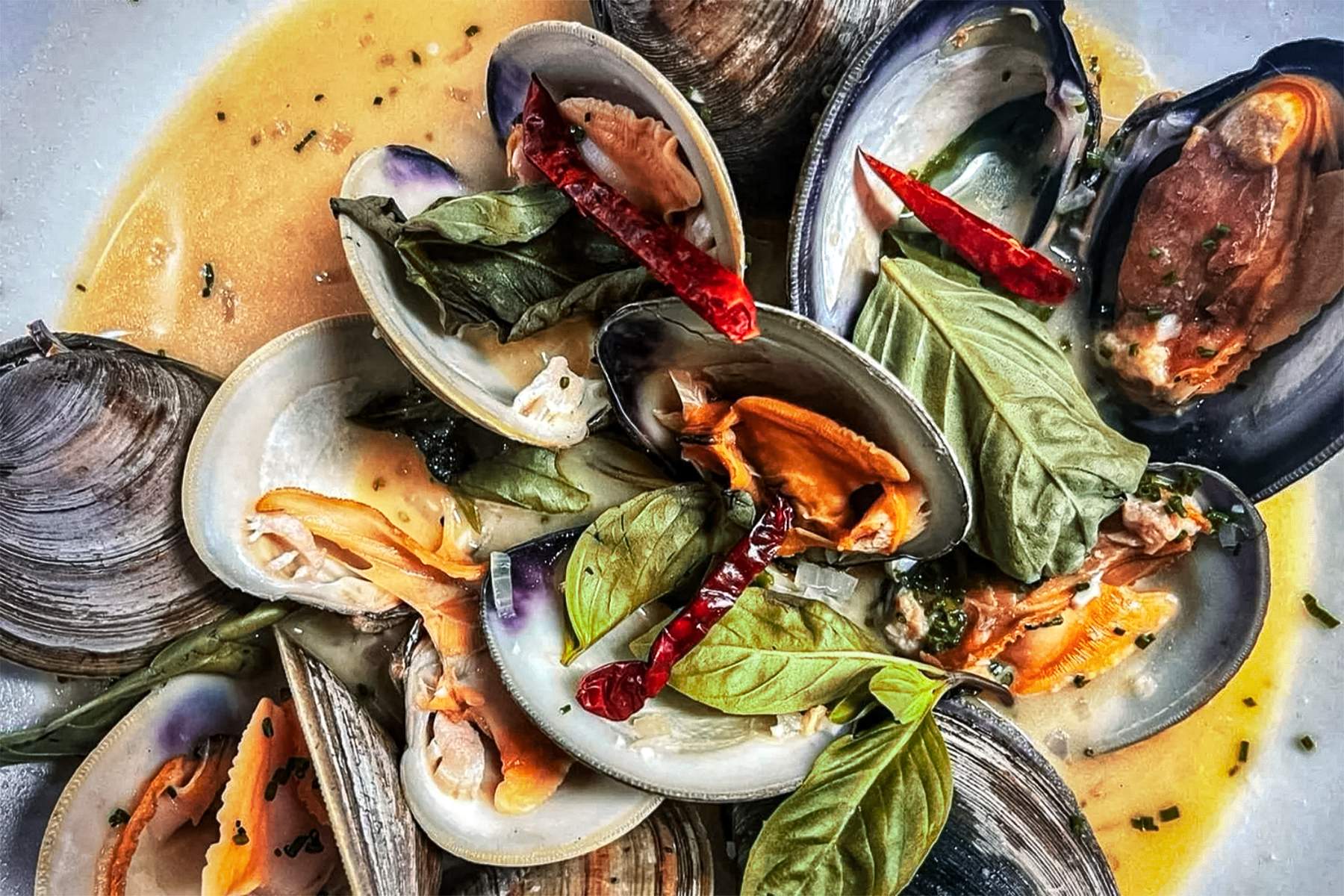
Rapid City, South Dakota
Often referred to as the “Gateway to the Black Hills” and the “City of Presidents,” Rapid City is a central location near many of the big area attractions. It has a regional airport with direct flights to major hubs like Denver, Minneapolis, Chicago and Dallas-Fort Worth.
The city’s main square features a series of life-size bronze statues of U.S. presidents scattered along the streets, many of which have plaques that share fun facts or historical details.
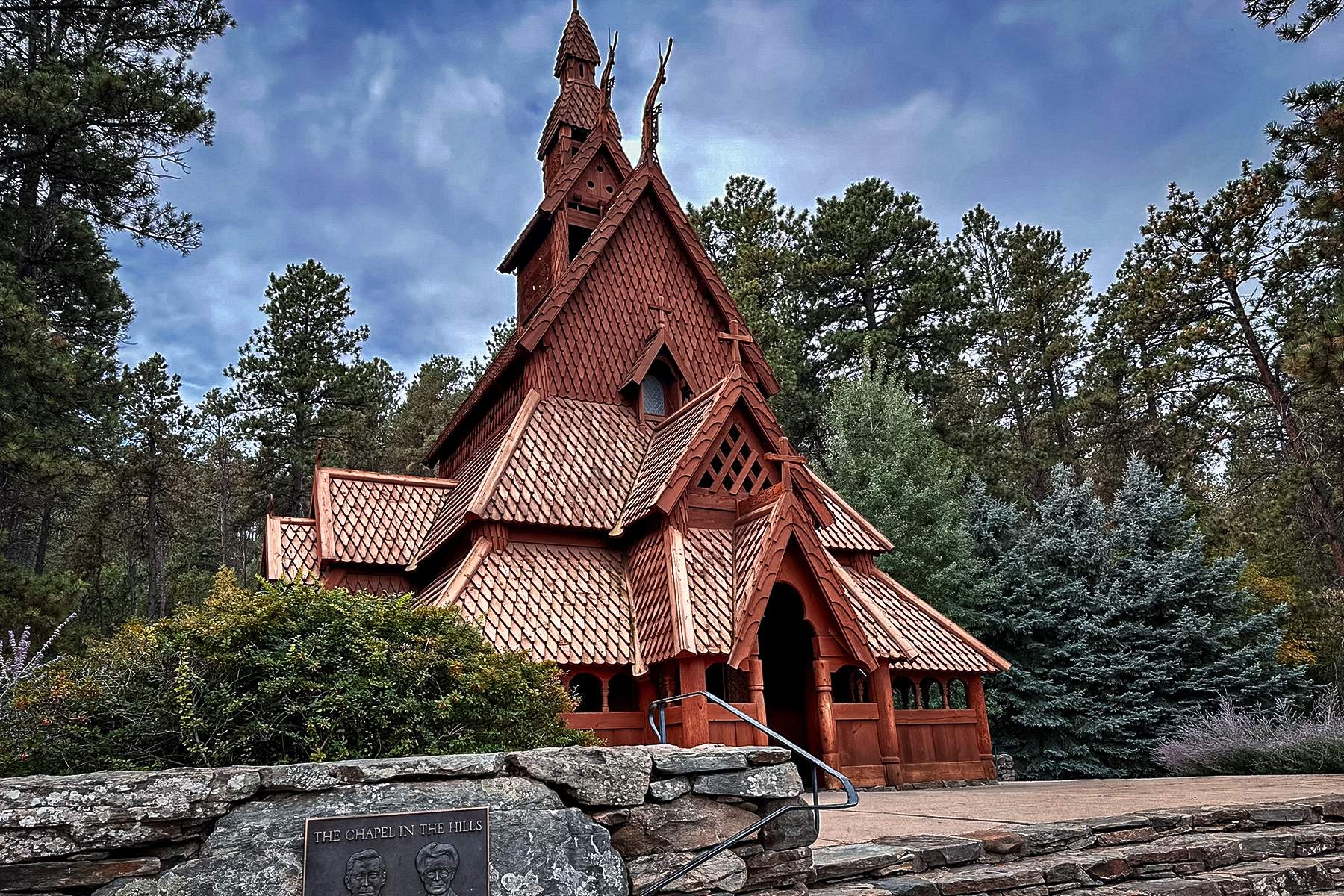
Pro tip: Enjoy the flavors at Bokujō Ramen, led by “Food Network Star” season 8 winner Justin Warner (along with his wife, Brooke), who blends Japanese cuisine with South Dakota ingredients.
Another pro tip: Start your day with breakfast at The Sour, a warm and welcoming bakery renowned for its award-winning artisan baked goods.
